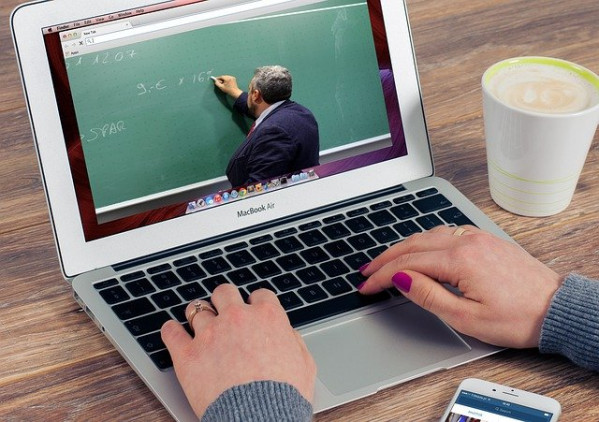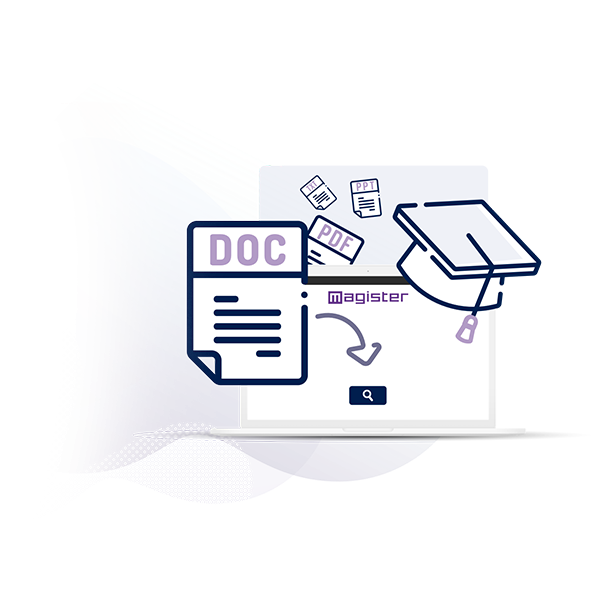However, this does not mean that “private” tools cannot have a place in this ecosystem. For example, synchronous technologies have helped overcome challenges faced by teachers who are unfamiliar with remote grading. They enable teachers to receive comments in real time and facilitate interactions with students regarding their work.
Customised evaluation grids, which state the objectives for each assignment, also facilitate teachers' and students' work. Coming in the form of a simple checklist, this tool allows students to quickly verify that their assignment contains everything the teacher is expecting. As for the teachers, it guides their evaluation of student performance with clear and explicit criteria.
Consequently, one challenge posed by hybrid education is to avoid an overabundance of support tools. The goal is not to add noise and busyness by making teachers' jobs even more complicated than they already are.
How can students continue to learn stress-free with hybrid education?
Hybrid education does not only present challenges for teachers. It can also be destabilising for students, who have lost some of the benchmarks that structured their day (even if this is less the case during a “normal” implementation of blended learning).
By placing the student at the heart of education, and by giving them a more active role, this new reality means that each person sets their own constraints. This also involves considering the student's unique situation rather than following a well-established programme.
Promoting their own rules
Taking classes remotely can seem like the perfect opportunity to spend the day on the couch, or to leave the TV on muted while you work. For others, the physical absence of a teacher and the lack of direct supervision can significantly complicate matters.
While there are no universal rules for this situation, hybrid education specialists overall recommend to follow the same pace as for a regular day of classes. By continuing to wake up at the same time and taking regular, short breaks, it's usually easier to maintain your focus and stay productive.
The key is to manage to impose discipline and a set of rules to follow. While the beginning can prove difficult, remote learning will gradually become second nature. Bit by bit, it becomes easier to avoid distractions (which are numerous), and you'll be able to focus on your goals to stay motivated.
In addition, remote education allows many students, for whom the traditional format might be ill-suited (due to personal or professional constraints, or more simply because of a different learning style), to choose their preferred pedagogical methods. Some prefer to work in the morning, while others prefer the end of the day. Some might spend extra time on a subject they are struggling with.
Contact with academic life
To stay motivated when learning from home, it is essential for students to maintain contact with their teachers and also their classmates. Tools like Zoom, Moodle, and Jitsi facilitate remote communication.
The ability to maintain a form of collaborative learning, as well as peer-to-peer discussions, helps students avoid procrastination or finding themselves in a surprise difficulty.
Thus, it would be unfortunate to remove, or shorten, the informal aspects of education. This includes moments where students can introduce themselves or discuss their personal lives. These discussions create a connection of trust that cultivates engagement in class and therefore improves the effectiveness of a hybrid course.
The importance of self-assessments in hybrid education





